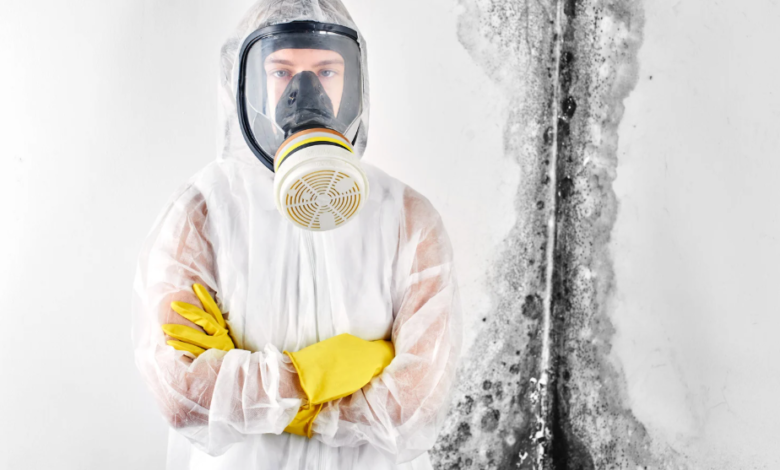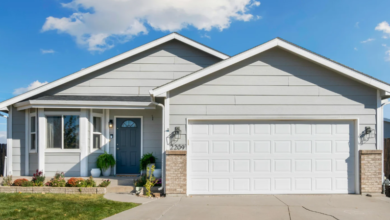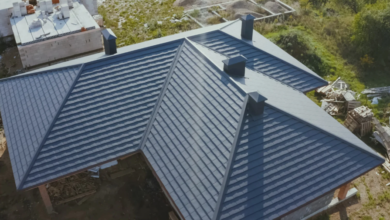How Mold Remediation Prevents Long-Term Health Risks

Mold is not just an unsightly nuisance, it is a silent threat that can compromise both property and human health. Left untreated, mold multiplies rapidly, spreading through hidden spaces and releasing spores that contaminate the air. Over time, exposure may worsen allergies, aggravate asthma, and contribute to long-term respiratory illnesses. The risks are particularly severe for children, the elderly, and individuals with compromised immune systems. For these reasons, timely mold remediation in Douglasville, GA, is essential. Unlike surface cleaning, remediation eliminates the root of the problem, restoring safe indoor conditions and preventing mold from coming back.
Understanding the Difference Between Mold Removal and Remediation
Many property owners believe mold removal and mold remediation are interchangeable, but they serve very different purposes. Mold removal generally means cleaning visible colonies, which may provide temporary relief but fails to address what lies beneath. Mold can thrive behind drywall, under flooring, or in crawl spaces, where simple removal techniques are ineffective. Remediation, on the other hand, is a comprehensive approach. It not only cleans the visible growth but also targets concealed contamination, filters spores from the air, and restores a safe environment. Understanding the difference between mold remediation and mold removal helps clarify why remediation is a long-term solution, while removal often leaves the problem unresolved.
See also: Why Custom Home Builders Are Essential for Personalized Living Spaces
How Mold Affects Health Over Time
Mold exposure is not always immediately noticeable. Early symptoms such as nasal irritation, watery eyes, or mild coughing may be dismissed as seasonal allergies. However, prolonged contact with spores can escalate these issues into more serious health conditions, including chronic bronchitis, asthma attacks, and skin irritations. In sensitive individuals, mold can also lead to fatigue, headaches, and compromised immune function.
What Happens During a Comprehensive Remediation Process
Professional remediation involves several structured steps designed to ensure that contamination is removed completely and does not return. It begins with a thorough inspection using moisture detection tools and air quality testing to determine the scope of the infestation. Once identified, the contaminated areas are carefully contained with plastic barriers and negative air pressure systems to prevent spores from spreading. Specialized equipment, such as HEPA vacuums and air scrubbers, is used to filter out airborne particles. Surfaces are then cleaned and treated with antimicrobial solutions, and in cases where materials like drywall or insulation are heavily infested, they are removed and replaced. Industry perspectives on what to expect during a comprehensive mold remediation process emphasize that successful remediation also includes addressing underlying issues such as leaks, condensation, or poor ventilation. By solving these root causes, professionals ensure that mold has no opportunity to return.
Long-Term Benefits for Property and Occupants
The value of mold remediation extends well beyond the immediate removal of colonies. For property owners, the process preserves structural components like beams, flooring, and insulation that might otherwise be compromised by moisture damage. Preventing decay helps maintain property value and reduces the likelihood of costly repairs in the future. Equally important, remediation creates healthier indoor air, providing lasting benefits for residents. Improved air quality reduces the likelihood of recurring respiratory problems, particularly for those already vulnerable to mold-related health complications. In this way, remediation supports both financial stability and long-term wellness.
Preventive Strategies that Support Remediation
An effective remediation process also involves prevention. Professionals often recommend solutions such as installing dehumidifiers, improving ventilation systems, or sealing crawl spaces to minimize moisture buildup. Regular inspections and maintenance help property owners catch small problems before they escalate into widespread infestations. These proactive steps, when combined with professional remediation, ensure that mold remains under control and that occupants enjoy safe, sustainable living conditions.
Conclusion
Mold remediation is far more than a cleanup procedure, it is a comprehensive investment in health, safety, and property preservation. By addressing hidden contamination, improving air quality, and eliminating the conditions that allow mold to thrive, remediation provides lasting protection. Unlike simple removal, which only tackles what is visible, remediation ensures a healthier future for both residents and the buildings they occupy.




